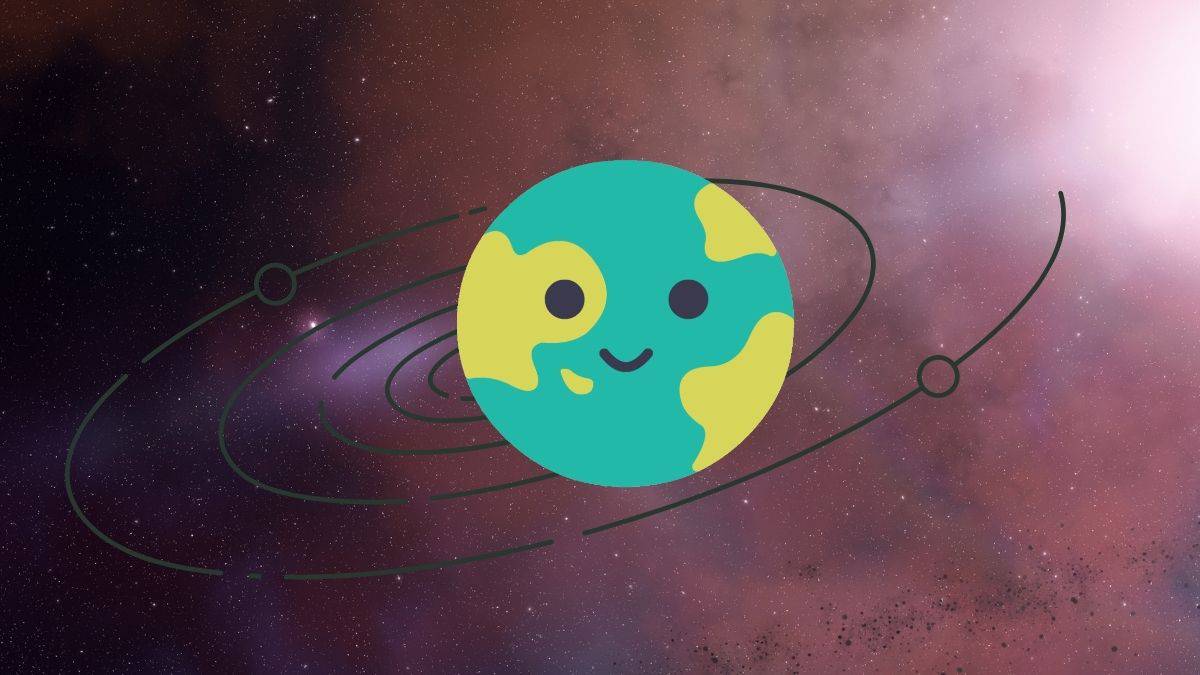All about PA-99-N2, the exoplanet in our galactic neighbour: Andromeda Galaxy

Along with the Milky Way Galaxy, another Galaxy that you should be aware of is the Andromeda Galaxy. Andromeda Galaxy is the closest Galaxy in existence to us. On the other hand, the universe contains an estimated two trillion galaxies. The Andromeda Galaxy stands at approximately 2.5 million light-years away.
Astronomers have been researching for a long time about the various wonders of the Andromeda Galaxy and its existence. Why? Because it is our celestial neighbour. Today we will try to check out some information about the planets that exist in the Andromeda Galaxy. Just as our Milky Way Galaxy has the Solar System, the Andromeda Galaxy also has many such wonders present in it.
Although researchers and astronomers adhere to the idea that millions or even billions of planets exist in the Andromeda Galaxy, as of now only, astronomers have identified only one of them. Thus, there exists only one planet according to that statistics. Astronomers have named this planet in the Andromeda Galaxy as PA-99-N2. A microlensing event in the year 1999 led to its discovery. Astronomers are still on their way to confirm it. With its confirmation, the PA-99-N2 will end up as the first official extragalactic planet.
Locating planets in the vast space is not an easy job. This is because planets do not emit their own light. As of now, our technological status has facilitated to locate exoplanets mostly within our own galaxy. With the dynamic ever-growing technological advancement, astronomers will be able to locate more exoplanets outside our own galaxy.
In addition to the PA-99-N2, astronomers also discovered a Jupiter like planet in the year 2010 in the Andromeda Galaxy. They named it as HIP 13044 b. However, further appearance of problems in the analysed data, led to the cancellation of this planet’s consideration.
Researchers have stated the mass of the PA-99-N2 to be about 6.34 Jupiter masses. That amounts as 2015.5 Earth masses.
Now, with all this information, a question might arise within you about the possibility of life on this planet. In regards to that, we can take in consideration the concept that for a planet to support life, it has to be located within the goldilocks zone of their star system. The habitable zone of a star system is known as the goldilocks zone. It is the zone around a star, in which a planet has to be located to possess liquid water.
Since the Andromeda galaxy lies too far from the Earth, it has not been possible for astronomers yet to collect enough data about the galaxy’s stars or planets. As a result, it has not been possible for astronomers to figure out how many planets exist in the discussed galaxy.
As time goes on, scientists will surely invent technologies that will be able to locate and even capture the undiscovered exoplanets in the Andromeda Galaxy and other galaxies. A new planet in a distant galaxy is located using advanced data processing algorithms. These algorithms make efforts to detect even the tiniest changes in areas that are even the size of a small pixel. As a result, scientists have not been able to present what planets at such distances really look like.
With the long quest for search of life in other planets and discovery of other exoplanets, the hope for such information will remain constant.


